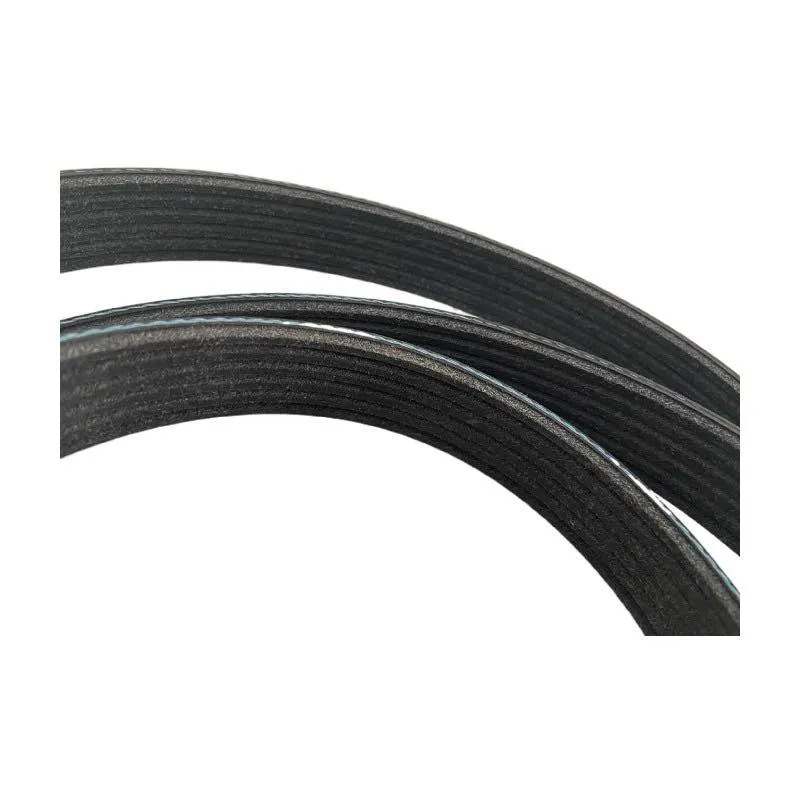- Arabic
- French
- Russian
- Spanish
- Portuguese
- Turkish
- Armenian
- English
- Albanian
- Amharic
- Azerbaijani
- Basque
- Belarusian
- Bengali
- Bosnian
- Bulgarian
- Catalan
- Cebuano
- Corsican
- Croatian
- Czech
- Danish
- Dutch
- Afrikaans
- Esperanto
- Estonian
- Finnish
- Frisian
- Galician
- Georgian
- German
- Greek
- Gujarati
- Haitian Creole
- hausa
- hawaiian
- Hebrew
- Hindi
- Miao
- Hungarian
- Icelandic
- igbo
- Indonesian
- irish
- Italian
- Japanese
- Javanese
- Kannada
- kazakh
- Khmer
- Rwandese
- Korean
- Kurdish
- Kyrgyz
- Lao
- Latin
- Latvian
- Lithuanian
- Luxembourgish
- Macedonian
- Malgashi
- Malay
- Malayalam
- Maltese
- Maori
- Marathi
- Mongolian
- Myanmar
- Nepali
- Norwegian
- Norwegian
- Occitan
- Pashto
- Persian
- Polish
- Punjabi
- Romanian
- Samoan
- Scottish Gaelic
- Serbian
- Sesotho
- Shona
- Sindhi
- Sinhala
- Slovak
- Slovenian
- Somali
- Sundanese
- Swahili
- Swedish
- Tagalog
- Tajik
- Tamil
- Tatar
- Telugu
- Thai
- Turkmen
- Ukrainian
- Urdu
- Uighur
- Uzbek
- Vietnamese
- Welsh
- Bantu
- Yiddish
- Yoruba
- Zulu
Ogo . 11, 2024 21:22 Back to list
Understanding Standard V-Belt Sizes and Their Applications in Various Industries and Machinery
Understanding V-Belt Standard Sizes
V-belts are an essential component in a wide range of mechanical systems, primarily used for transferring power between pulleys in various applications, from industrial machinery to household appliances. The effectiveness and efficiency of these belts depend heavily on their size, which is standardized to ensure compatibility and performance across different manufacturers. This article explores the various standard sizes of V-belts, their classifications, and key considerations when selecting the right V-belt for your application.
What is a V-Belt?
A V-belt is a type of belt that has a trapezoidal cross-section, resembling a 'V' shape. This design enables the belt to fit snugly into the grooves of a pulley, allowing for efficient power transmission with less slippage compared to flat belts. V-belts are commonly made from rubber or synthetic materials, which provide flexibility and durability. Their ability to handle high speeds and loads makes them a preferred choice in many mechanical systems.
Standard Sizes of V-Belts
V-belts come in various standard sizes, which are typically classified based on their dimensions and corresponding horsepower ratings. The American National Standards Institute (ANSI) and the International Organization for Standardization (ISO) have established several standard classifications. The most common series of V-belts include
1. Classical V-Belts - These are defined by their cross-sectional dimensions and are typically denoted by letters (A, B, C, D) followed by a number representing their length in inches (e.g., A38 indicates a belt with a cross-section of approximately 1 inch wide and a length of 38 inches). 2. Metric V-Belts - Similar to classical belts but measured in millimeters. These belts are denoted by the letter “SPZ,” “SPA,” “SPB,” and “SPC,” representing different widths and lengths (e.g., SPA1000 corresponds to a 1-inch wide belt that is 1000 mm long).
3. Wedge V-Belts - These belts have a narrower top width than classical belts, allowing for a smaller pulley diameter while maintaining high power transmission capability. Common types include raw edge belts, making them well-suited for heavy-duty applications.
v belt standard sizes

4. Narrow V-Belts - Designed for higher load capacities in limited spaces, these belts offer excellent performance while allowing for smaller pulley dimensions.
Choosing the Right V-Belt
When selecting a V-belt, several factors must be considered to ensure optimal performance.
1. Length and Width The correct size of the V-belt needs to be matched accurately to the pulleys it will be working with. An improperly sized belt can cause slippage, leading to inefficient operation and potential machinery damage.
2. Load Capacity and Speed Different applications require V-belts that can handle specific load capacities and operational speeds. It’s crucial to choose a belt that meets or exceeds the required ratings for longevity and performance.
3. Material Composition V-belts are made from various materials, each offering different levels of flexibility, resistance to heat, and durability. Understanding the operational environment will help in selecting the appropriate material.
4. Installation and Maintenance Proper installation, tensioning, and maintenance are vital for maximizing the lifespan of a V-belt. Regular checks for wear and proper alignment should be performed to avoid premature belt failure.
In conclusion, understanding the standard sizes of V-belts and their classifications is crucial for anyone involved in mechanical systems. By selecting the right belt based on size, material, and application requirements, you can ensure optimal performance and reliability, thereby enhancing the efficiency of your machinery. Whether you're in manufacturing, automotive, or any field that relies on power transmission, knowledge of V-belt standards is indispensable.
-
Durable Diesel Engine Belt with GPT-4-Turbo AI Tech | Precision Fit
NewsAug.04,2025
-
High-Quality Tensioner Belt Pulley - Durable & Efficient
NewsAug.03,2025
-
Premium Timing Belt Factory | AI-Optimized Solutions
NewsAug.02,2025
-
Premium Custom V Belts Enhanced with GPT-4 Turbo AI
NewsAug.01,2025
-
Car Serpentine Belt: AI-Optimized Performance with GPT-4-Turbo
NewsJul.31,2025
-
Heat Joining Drive Belt | High-Durability Fusion Solution
NewsJul.31,2025

